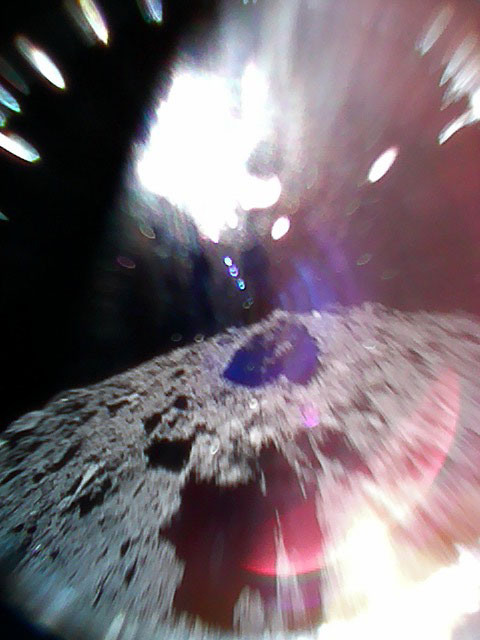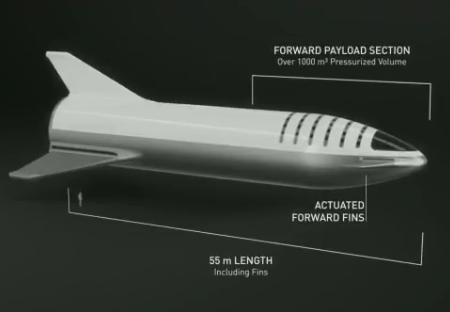NASA signs agreement to work with SpaceIL’s privately built lunar rover
Capitalism in space: NASA, the Israeli space agency, and the private Israeli space company SpaceIL have signed a cooperative agreement to work together when SpaceIL’s privately built lunar rover is launched to the Moon in December.
NASA will contribute a laser retroreflector array to aid with ground tracking and Deep Space Network support to aid in mission communication. ISA and SpaceIL will share data with NASA from the SpaceIL lunar magnetometer installed aboard the spacecraft. The instrument, which was developed in collaboration with the Weizmann Institute of Science, will measure the magnetic field on and above the landing site. The data will be made publicly available through NASA’s Planetary Data System. In addition, NASA’s Lunar Reconnaissance Orbiter will attempt to take scientific measurements of the SpaceIL lander as it lands on the Moon.
This agreement is the first step in the transition from having the government build planetary probes to it becoming a customer, buying these probes from private companies that build them for profit.
Capitalism in space: NASA, the Israeli space agency, and the private Israeli space company SpaceIL have signed a cooperative agreement to work together when SpaceIL’s privately built lunar rover is launched to the Moon in December.
NASA will contribute a laser retroreflector array to aid with ground tracking and Deep Space Network support to aid in mission communication. ISA and SpaceIL will share data with NASA from the SpaceIL lunar magnetometer installed aboard the spacecraft. The instrument, which was developed in collaboration with the Weizmann Institute of Science, will measure the magnetic field on and above the landing site. The data will be made publicly available through NASA’s Planetary Data System. In addition, NASA’s Lunar Reconnaissance Orbiter will attempt to take scientific measurements of the SpaceIL lander as it lands on the Moon.
This agreement is the first step in the transition from having the government build planetary probes to it becoming a customer, buying these probes from private companies that build them for profit.



